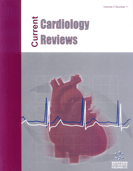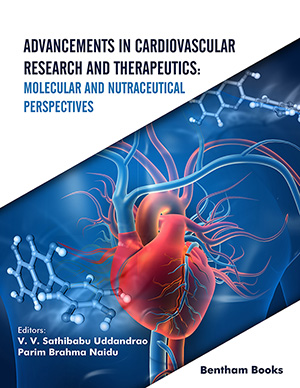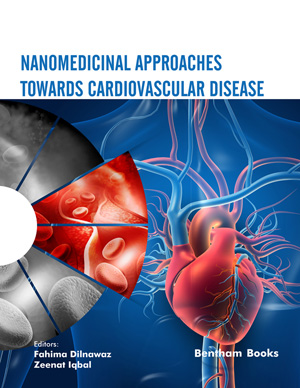Abstract
Background: Impaired fasting glucose (IFG) predisposes to the future development of type 2 diabetes mellitus (T2DM) and may also be associated with increased cardiovascular disease (CVD) risk. Hypertension is an established CVD risk factor.
Objective: This study aimed to assess the prevalence of IFG and the associated anthropometric and metabolic disturbances in patients with hypertension.
Methods: Consecutive hypertensive patients not on any hypolipidemic treatment and without a diagnosis of T2DM were included. IFG was defined as serum glucose ≥100 mg/dl according to the American Diabetes Association criteria.
Results: The total sample consisted of 1381 participants; between them, 78 patients were diagnosed to have T2DM and they were excluded from the analyses, leaving a final sample of 1303 hypertensive patients [41.0% men; median age 58 (range: 15-90) years] not on any hypolipidemic treatment and without a diagnosis of T2DM. IFG was identified in 469 patients (36%). IFG was more prevalent in males than in females (42.4% vs. 31.8%, p<0.001). Patients with IFG had greater body mass index (BMI), waist-to-hip ratio, systolic blood pressure, pulse pressure, triglycerides, alanine aminotransferase, gamma-glutamyl transferase, and uric acid serum levels compared with patients with normal serum glucose levels.
Conclusion: This study reveals that in a sample of patients with hypertension, one out of three has IFG. This is more prevalent among men. IFG is associated with the presence of a more aggravated anthropometric and biochemical profile, possibly associated with an increased CVD risk.
Keywords: Hypertension, blood pressure, cardiovascular risk, prediabetes, impaired fasting glucose, diabetes.
[http://dx.doi.org/10.1093/eurheartj/ehz455] [PMID: 31504418]
[http://dx.doi.org/10.2337/cd21-as01] [PMID: 33551551]
[http://dx.doi.org/10.1900/RDS.2016.13.226] [PMID: 28278309]
[http://dx.doi.org/10.1136/bmj.i5953] [PMID: 27881363]
[http://dx.doi.org/10.1093/eurheartj/ehy339] [PMID: 30165516]
[http://dx.doi.org/10.1093/eurpub/ckw085] [PMID: 27423001]
[http://dx.doi.org/10.1007/s00125-019-05040-3] [PMID: 31754750]
[http://dx.doi.org/10.1161/JAHA.119.015546] [PMID: 32200720]
[http://dx.doi.org/10.1097/00004872-200307000-00029] [PMID: 12817188]
[http://dx.doi.org/10.1093/ajh/hpu186] [PMID: 25267735]
[http://dx.doi.org/10.1161/01.HYP.37.2.381] [PMID: 11230304]
[http://dx.doi.org/10.2337/diab.40.1.44] [PMID: 2015973]
[http://dx.doi.org/10.1161/CIRCRESAHA.118.312806]
[http://dx.doi.org/10.1038/s41574-019-0230-6] [PMID: 31296970]
[http://dx.doi.org/10.1097/HJH.0000000000001731] [PMID: 29652731]
[http://dx.doi.org/10.1007/s11745-013-3787-1] [PMID: 23546765]
[http://dx.doi.org/10.1111/cen.12862] [PMID: 26201937]
[http://dx.doi.org/10.1007/s10620-021-06824-7] [PMID: 33469809]
[http://dx.doi.org/10.1155/2017/6830671] [PMID: 29214183]
[http://dx.doi.org/10.1371/journal.pone.0179482] [PMID: 28632742]
[http://dx.doi.org/10.1016/j.cca.2018.05.046] [PMID: 29803897]
[http://dx.doi.org/10.1186/s12872-019-1215-z] [PMID: 31615412]



















